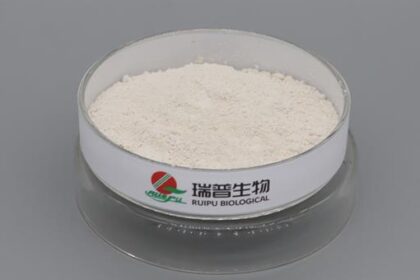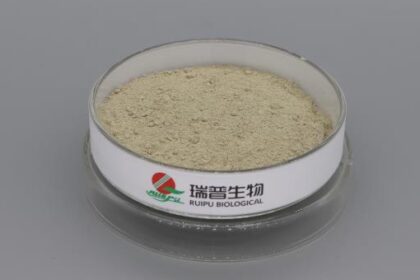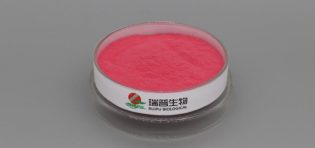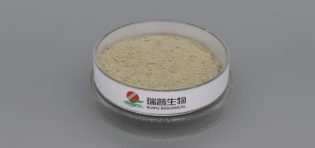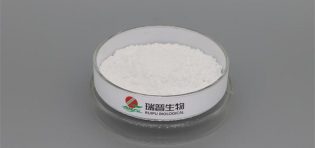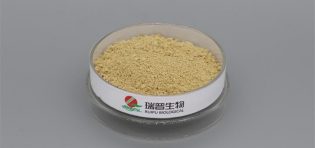
The formulation principles for vitamin premix are a complex and meticulous process, involving multiple considerations to ensure the quality and effectiveness of the final product. Below are some key formulation principles:
1. Determine the Types and Amounts of Vitamins to Add
·Based on Feeding Standards: First, reference relevant feeding standards or nutritional guidelines to determine the types and minimum required amounts of vitamins needed by animals or humans. These standards are typically based on scientific research and practical experience, providing vitamin requirements for different growth stages, physiological states, or health conditions.
·Overage Principle: Since the stability of vitamins in feed or food may be affected by various factors such as temperature, humidity, light, oxidation, etc., an overage principle is generally applied when formulating vitamin premixes. This ensures that any vitamin losses during processing, storage, and usage are compensated for, thereby meeting the actual needs of animals or humans.
·Consider Economic Efficiency: When determining the amount of vitamins to add, economic efficiency should also be considered. Excessive amounts increase costs, while insufficient amounts may not meet nutritional requirements. Therefore, it is necessary to reasonably control the addition amounts while ensuring nutritional needs, in order to maximize economic benefits.
2. Select Suitable Vitamin Raw Materials
·Purity and Stability: Selecting high-purity and stable vitamin raw materials is key to ensuring the quality of the premix. High-purity ingredients reduce the impact of impurities on the vitamin efficacy, while stable ingredients maintain high activity during processing, storage, and usage.
·Cost-effectiveness: When selecting vitamin raw materials, cost-effectiveness must be considered. Prices vary significantly between different sources and specifications of vitamins, so it is important to choose materials with a good balance between cost and quality according to the specific situation.
·Compatibility: The compatibility between different vitamins should be considered when formulating a premix. Some vitamins may interact, affecting each other's stability or efficacy. Therefore, it is necessary to avoid selecting combinations of vitamins that may result in undesirable interactions.
3. Ensure Uniform Mixing
·Use Appropriate Mixing Equipment: To ensure the uniformity of the vitamin premix, appropriate mixing equipment must be used. Such equipment typically has efficient stirring and mixing capabilities, allowing the various vitamin ingredients to be thoroughly and uniformly mixed.
·Control Mixing Time: Mixing time is another important factor that affects uniformity. Insufficient mixing time may lead to uneven distribution, while excessive mixing time may increase energy consumption and costs. Therefore, it is important to control the mixing time according to the specific situation.
4. Pay Attention to Storage Conditions
·Protect from Light, Moisture, and Heat: Vitamins are sensitive to light, humidity, and heat, so these factors must be avoided during storage. Vitamin premixes are usually stored in cool, dry, and well-ventilated areas, away from direct sunlight.
·Regular Inspection: During storage, regular checks on the appearance, odor, and potency of the vitamin premix are necessary to ensure its quality remains stable and reliable. If any abnormalities are detected, immediate action should be taken to address the issue and replace the vitamin premix if necessary.
5. Comply with Relevant Regulations and Standards
When formulating vitamin premixes, it is essential to comply with relevant regulations and standards. These regulations and standards usually specify the types, amounts, purity, and stability of vitamins, among other factors. Therefore, strict adherence to these rules is necessary to ensure the legality and safety of the product.
In summary, the formulation principles for vitamin premix include determining the types and amounts of vitamins, selecting suitable raw materials, ensuring uniform mixing, paying attention to storage conditions, and complying with relevant regulations and standards. These principles are crucial for ensuring the quality and effectiveness of the vitamin premix.



